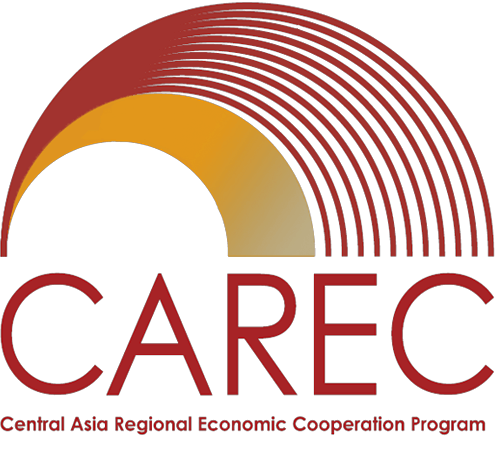Energy Investment Needs Top $600 billion
The Asia and Pacific region must invest between $7 trillion and $9.7 trillion in the energy sector from 2005 to 2030 to meet the rapidly growing demand for energy in the region, according to a new report released by the Asian Development Bank (ADB). Just over $600 billion in investment is needed in Central and West Asia.
The Energy Outlook for Asia and the Pacific projects regional energy demand to grow 2.4% every year between 2005 and 2030, outpacing the world average of 1.5%.
Central and West Asia’s energy demand is projected to increase from 222.9 million tons of oil equivalent (MTOE) in 2005 to 416.9 MTOE in 2030, or an annual rate of 2.5%, driven by the relatively fast increase in GDP of 4.9% per year.
The report includes assessments of energy needs in each CAREC country and a review of energy statistics and forecasts to 2030 for each CAREC country.
The CAREC Energy Strategy promotes cooperation to expand energy trade, improve energy efficiency and security, and identify mutually beneficial approaches to meeting regional energy needs. The 8th Ministerial Conference on CAREC in October 2008 endorsed an Energy Action Plan Framework that will deliver investments, knowledge, capacity building, and policy advice in three strategic areas: energy demand-supply balance and infrastructure constraints; regional dispatch and regulatory development; and analysis of energy-water linkages.
Nearly 80% of the Asia Pacific region’s energy needs in 2030 would have to be met by fossil fuels – coal, oil and natural gas – and this will drive the growth in carbon dioxide emissions, the report warned. Net imports of oil are projected to increase substantially, nearly doubling the 2005 level by 2030.
The report is jointly published by ADB and the Asia-Pacific Economic Cooperation. It was launched together with another report, Energy Statistics in Asia and the Pacific (1990-2006), during the Pacific Energy Summit. The two studies were undertaken by the Asia Pacific Energy Research Centre of The Institute of Energy Economics of Japan.
During the launch, ADB Vice-President Lawrence Greenwood called on all stakeholders to seek a low-carbon path to meet growing energy demand in a socially, economically and environmentally sustainable way.
“Cooperation among the economies is needed to enhance energy security and sustainable development in the region,” Mr. Greenwood said. “This can be done through sharing policy information, facilitating energy trade and conducting joint energy projects.”
The Energy Statistics report found that the region consumed 34% of the world’s total primary energy supply in 2006. But the per capita electricity generation of 1,800 kWh in the region is still 37% below the world average of 2,870 kWh.
Access to modern forms of energy is a necessary condition for economic development and a high standard of living. In 2005, in the Asia and Pacific region, about 930 million people did not have access to electricity.
Xianbin Yao, ADB’s Director General for Regional and Sustainable Development Department, said that there is a need to build a more robust energy database in the region.
These publications are the first attempt to consolidate and project energy demand and supply information in Asia and the Pacific by country, sub-region and the region as a whole. These will provide insights into the recent energy situation and a wealth of information for stakeholders inside and outside the region to chart their course of action in planning for energy investments, sustainable development, and poverty alleviation.
